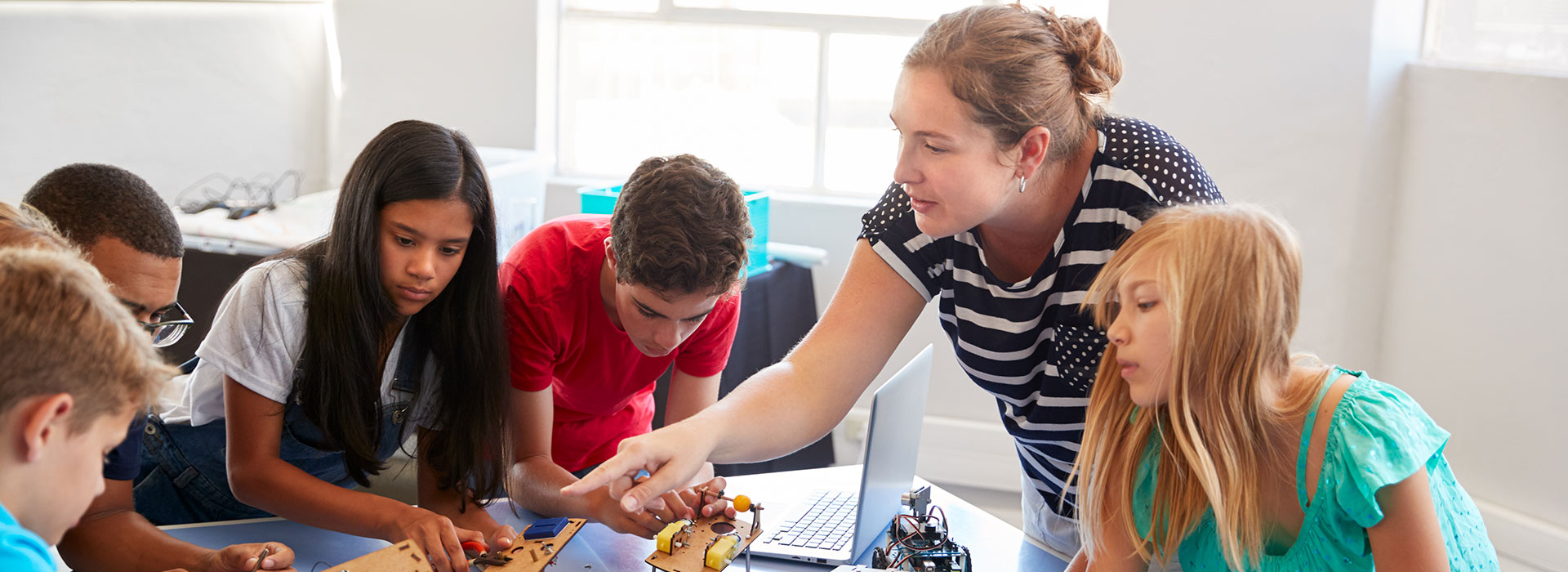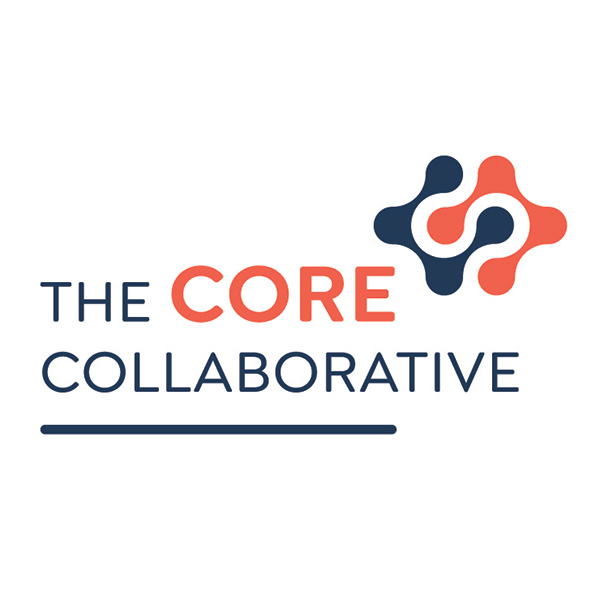The Benefits of Partnering with Students
Assessment is a term that is likely to be an important part of any conversation about education and learning. However, it can mean different things to different people. When considering assessment, adults outside of school often remember tests and quizzes and may even continue to have the occasional dream in which they show up unprepared, or even under-dressed, for a pop quiz.
This week’s #CoreChat topic is “Designing a Balanced Assessment Framework” and the first question asks, “What types of assessment are currently used to monitor, support, and celebrate learning in your school or system?”
The answers to this question are going to be far more varied than the tests and quizzes we may remember.

How Learning Benefits from Balanced Assessment
The first notable decision in designing a balanced assessment system, is to focus on the learner first and content second. Not that the content isn’t important, it must be learned deeply for our students to maximize their opportunities in and out of school. However, we know that people are complex and no data point can describe them.
The most obvious shift may be from more summative assessments, checking in when the learning is finished, to more formative assessments that continually re-engage students in the process of learning and reflection. Robert Stake’s famous quote, “When the cook tastes the soup, that’s formative; when the guests taste the soup, that’s summative,” helps distinguish between these two broader purposes for assessment. When assessment is a natural component of the learning process, students are able to see the usefulness of these tasks and performances and the feedback they receive from them. Rick Stiggins’ call that “Students should be involved in every aspect of the formative assessment process,” clarifies that assessment is both for and in partnership with learners.
Balanced Assessment Means Partnering with Students
Partnering with students to focus on progress enables educators to better understand what students need next and empowers students to own their learning. Students who can discuss what they already know and can do, what their goals are, and what they are doing to reach their goals are positioned to use feedback from teachers, peers, and assessments to make decisions about their learning. This way, teachers and students can monitor progress informally through quick checks such as reviewing on how a student has revised a piece of writing; comparing work to an exemplar or a progression of examples; or reflecting on their next steps with a peer using a checklist of success criteria.
Student voice is a powerful component of a balanced assessment framework. I was personally lucky to have a series of highly-effective teachers throughout my career as a student. Even so, it was rare that teachers would survey or interview us to determine our strengths, dispositions, and interests. When we did have interests surveys, I don’t remember them being used to tailor learning experiences and it is doubtful they were used alongside other evidence sources to make decisions about our assessment and instruction.
Getting started with gathering student voice data can be as simple as a simple survey that includes questions such as, “What strengths do you have as a student? How do you know when you “get” a new concept or skill? How do you feel when it is time to learn more about _____? What would you like me/us (your teacher(s)) to know about you?” The important thing is that you then use it to adjust your teaching and let students know the impact their voice is having. The more transparent we are with them, the more honest and insightful they will be with us.
The cultural relevance of these assessments and how learners interact with them must be considered. The most effective assessments honor the strengths, cultures, and background of students. Ensuring that the tasks we ask students to complete are culturally relevant does not reduce the rigor of the assessments. These considerations enable us to develop a clearer picture of what students are truly able to do.
How Balanced Assessment Benefits from the Appreciative Inquiry Model
Designing a balanced assessment framework is complex because people, and the ways in which they learn, are complex. To succeed, we must collaborate. It is imperative that teams of educators work together with their colleagues, students, families, and the community to determine the specific strengths and needs of their learning organization. The Core Collaborative has created a list of competencies for an effective balanced assessment framework that is based in research and our experiences working with schools and systems around the world. There is no one-size-fits-all program of assessment. We have discovered that the best ideas and solutions are found through the process of Appreciative Inquiry. In this process, teams use the “Five D’s;” working together to define their focus for inquiry, discover what is already working, dream of what is possible, design an effective approach, and ensure their destiny. Appreciative Inquiry supports continuous, incremental growth based on your personal situation and goals.


